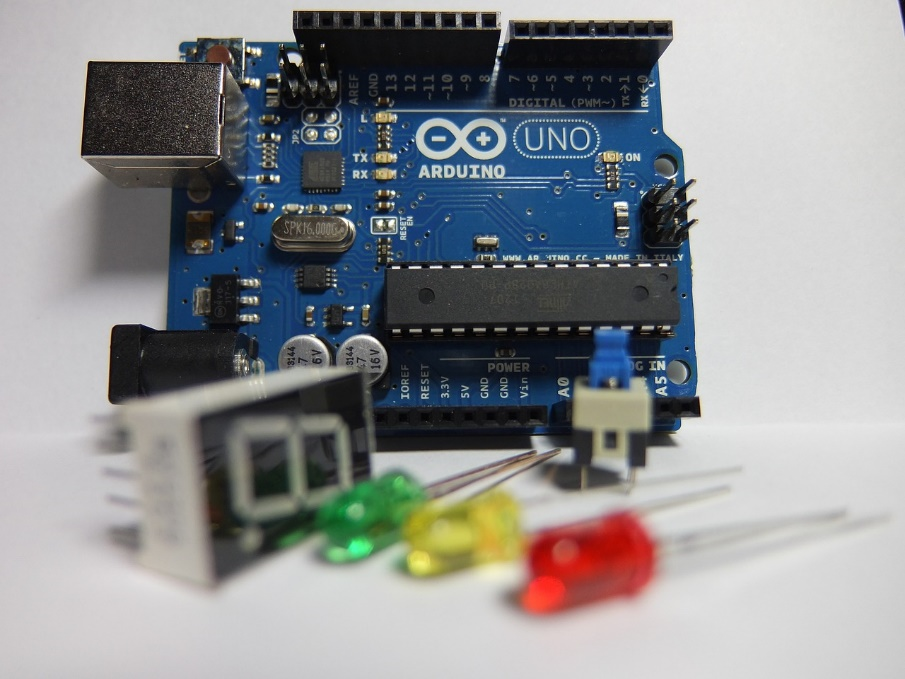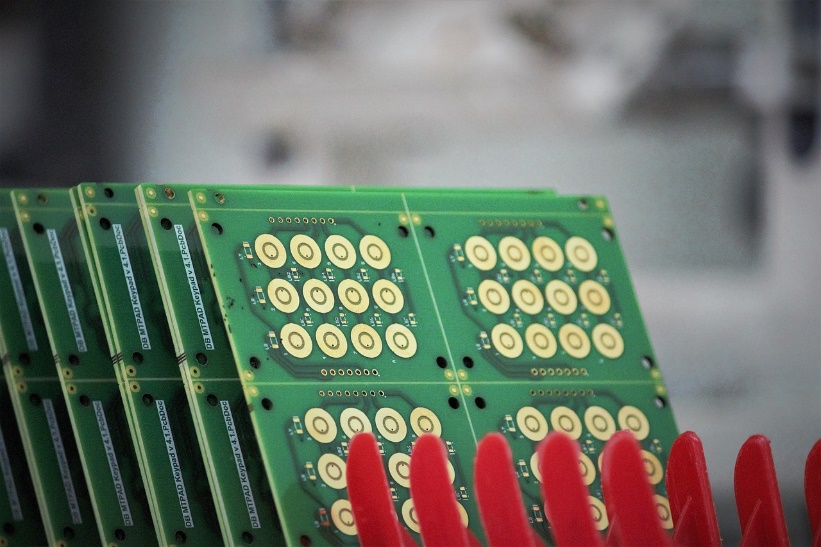Automated robotic arms and other hydraulics are now a fundamental part of the manufacturing industry. Whether it’s food, electronics, or vehicles, hydraulic machines and robotic arms are now involved in various stages of production and logistics. Automation involves electronics, meaning these robotics arms and hydraulics have circuit boards as components. What are they exactly?
Hydraulics machines and robotic arms used in many industries have computing elements housed in circuit boards as automating hydraulics and robotics involves computing which can range from simple to complicated. Electronics manufacturing for instance require much precision to be programmed into the machines to perform tasks such as quality control, sorting and soldering or particular chips onto circuit boards. The more specialized the machine, the more complex their own circuit boards become in order to house the computing power required to perform their tasks.

These circuit boards are crucial in the operation of these machines as they’re the little brains that automate robotics arms to perform the simple to complex repetitive tasks they’re meant to do. Otherwise, humans might as well be the ones actively operating these machines. Whether its electronics manufacturing or fruit picking, any simple task can be automated using robotics and hydraulic machines. Manufacturing robotic circuit boards go hand in hand with the robots themselves.
Like all circuit boards, those used for Robotics Hydraulics Electronics Manufacturing are made the same way, except of course for their layouts and components. These boards are placed either on separate consoles and boxes or on parts of the robots themselves. Here’s an overview of the circuit board manufacturing process.
- Design and prototyping – created using computer-aided design (CAD) software, the design includes the layout of the circuitry, component placement, and signal traces. This design of course is dependent on the design of the robotic arms and hydraulics themselves.
- Material Selection – selecting the appropriate materials for the PCB. This includes choosing the base substrate material, typically fiberglass-reinforced epoxy laminate, which provides electrical insulation and mechanical support. Other materials include copper foil for conducting traces, solder mask for component areas, and silkscreen for component labels. The materials used is important when it comes to the tasks and environment the robotics arms and hydraulics equipment will be subjected to.
- Substrate Preparation and Copper Cladding – The substrate material is prepared by cutting it into the desired board sizes. Holes are then drilled or punched at specific locations for component mounting and interconnection. Copper is laminated onto the substrate surface to create a conductive layer. The copper layer is typically thin and covers the entire board surface.
- Imaging and Etching – A layer of photosensitive material called a photoresist is applied to the copper layer. The circuit pattern is then transferred onto the photoresist by exposing it to ultraviolet light through a photomask. The exposed areas harden, while the unexposed areas remain soluble. The board is then immersed in an etchant, such as ferric chloride or ammonium persulfate. The etchant dissolves the unprotected copper, leaving behind the desired circuit traces.
- Solder Mask Application – A layer of solder mask is applied to the board surface, covering the copper traces but leaving the component mounting areas exposed. The solder mask provides insulation, protects against environmental factors, and prevents solder bridges during assembly.
- Silkscreen Printing and Surface Finish – involves applying a layer of ink onto the board surface. This step adds component labels, reference designators, logos, and other markings that assist with assembly and identification. The board’s surface finish is applied to protect the copper traces and prevent oxidation. Common surface finishes include hot air solder leveling (HASL), immersion tin (ISn), immersion silver (IAg), electroless nickel immersion gold (ENIG), and organic solderability preservatives (OSP).
- Testing, Inspection and Assembly – The manufactured boards undergo thorough testing and inspection to ensure quality and functionality. Once the circuit boards pass inspection, they are ready for component assembly. This assembly process may involve manual or ironically, automated placement equipment. Thus, making robotics and hydraulics involved in Robotics Hydraulics Electronics Manufacturing.

Without these circuit boards, robotic arms and hydraulic equipment are no different from simple machines operated by humans. Circuit boards and the computing elements they house allow these machines to work safely and tirelessly thus increasing production. Robotics and Hydraulic Equipment manufacturers either manufacture the circuit boards themselves or depend on other companies involved in Robotics Hydraulics Electronics Manufacturing.
For more information on Powered Hydraulic Power Manufacturing In Los Angeles, contact Giltronics Associates with any of your questions or request.
